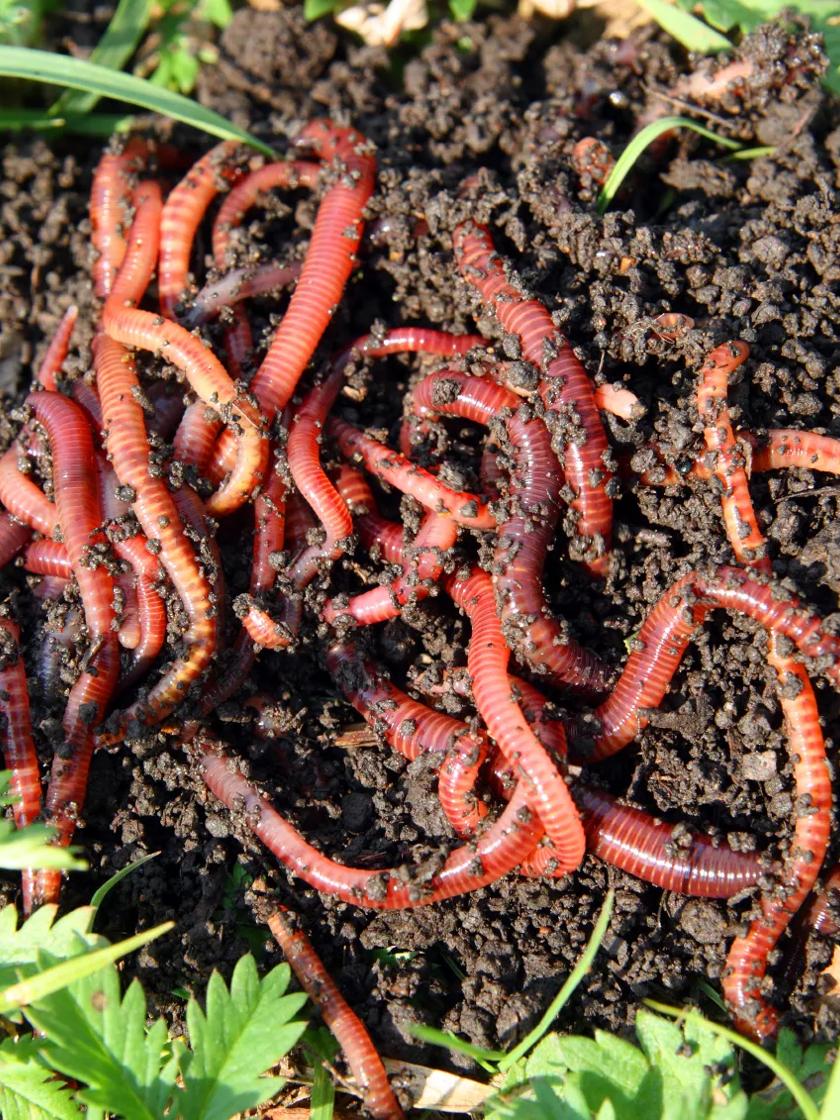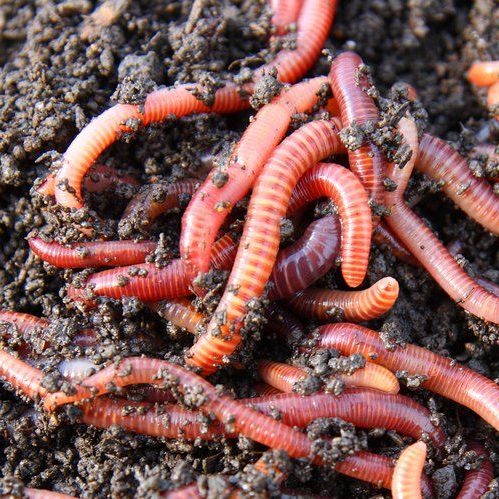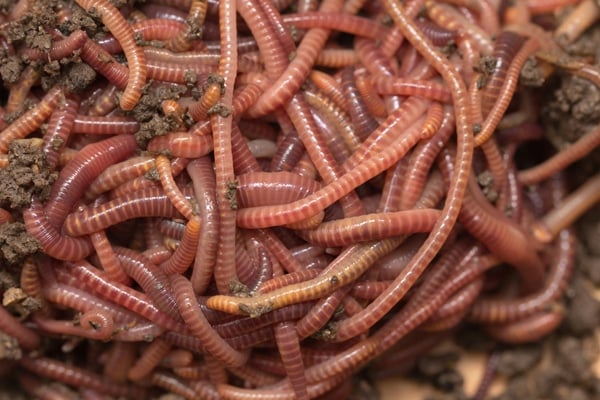Red Wiggler Express: Helping Anglers with Trusted Worms
Red Wiggler Express: Helping Anglers with Trusted Worms
Blog Article
Red Wigglers 101: Everything You Need to Know for Thriving Gardens
Red wigglers, or Eisenia fetida, play an essential role in sustainable horticulture techniques, offering as efficient decomposers that transform natural waste into useful vermicompost. Understanding their habitat, dietary preferences, and the myriad benefits they offer can transform your horticulture approach.
Recognizing Red Wigglers

Red wigglers grow in settings abundant in natural material and moisture. Red Wiggler Express. They possess an unique digestive system that enables them to process food scraps rapidly, eliminating castings that are loaded with necessary nutrients such as nitrogen, phosphorus, and potassium. These castings improve dirt structure, improve water retention, and foster advantageous microbial activity, every one of which add to robust plant wellness
In addition, red wigglers can endure in diverse conditions, making them adaptable to various horticulture techniques, including interior and outdoor composting systems. Their capability to consume large quantities of organic waste everyday placements them as important allies for both home garden enthusiasts and industrial farmers. By incorporating red wigglers into horticulture efforts, one can dramatically improve soil fertility and assistance lasting horticulture techniques.
Suitable Environment for Red Wigglers
Producing an optimum atmosphere for red wigglers is crucial for optimizing their composting capacities and total wellness. Red wigglers prosper in wet, dark, and well-aerated habitats, which closely resemble their native environments in ground cover and rotting raw material. An ideal habitat ought to supply a temperature array between 55 ° F and 77 ° F(13 ° C to 25 ° C), as severe temperature levels can worry or hurt the worms.
The bed linen product, such as shredded newspaper, cardboard, or coconut coir, must be maintained damp however not overly damp, as extreme dampness can cause anaerobic problems destructive to worm health and wellness. Additionally, a pH degree between 6.0 and 7.5 is perfect, guaranteeing a well balanced environment.
Appropriate oygenation is similarly essential; it permits oxygen flow and stops the build-up of hazardous gases. A container or container developed for vermicomposting should have drain openings to remove excess dampness and promote air flow. Routine tracking of these conditions is vital for keeping a flourishing red wiggler population, eventually boosting their performance in breaking down organic waste and enhancing garden soil.
Dietary Requirements and Preferences

Red wigglers exhibit specific choices; they are specifically fond of softer, decomposing materials over harder or more fibrous compounds. It is necessary to prevent feeding them citrus peels, onion, and garlic in big amounts, as these can be hazardous. In addition, meat, dairy, and oily foods must be left out, as they can draw in bugs and develop unpleasant odors.
(Charlotte NC Worms For Sale)Environment-friendly products, such as vegetable scraps, provide nitrogen, while brown materials, like cardboard and dried leaves, supply carbon. By providing to their nutritional demands, garden enthusiasts can foster a flourishing population of red wigglers in their compost systems.
Benefits of Utilizing Red Wigglers
The impressive benefits of making use of red wigglers in gardening extend far beyond their role in composting. These versatile microorganisms contribute considerably to soil health, boosting vitamins and mineral schedule and promoting microbial activity. By freshening the dirt as they tunnel, red wigglers Resources improve drain and root penetration, creating an optimum atmosphere for plant growth.
Moreover, red wigglers are effective recyclers of natural waste, transforming it into nutrient-rich spreadings that act as an excellent natural fertilizer. These spreadings contain useful microbes and essential nutrients, such as nitrogen, phosphorus, and potassium, which are vital for plant advancement. The sluggish release of nutrients from worm spreadings guarantees a steady supply, minimizing the threat of nutrient leaching and promoting lasting horticulture techniques.
Using red wigglers fosters an extra sustainable gardening strategy by minimizing reliance on chemical fertilizers and promoting a closed-loop system, where waste is transformed into valuable sources. Overall, including red wigglers into gardening methods supplies a plethora of ecological and farming advantages.
(Red Wiggler Express)
Composting With Red Wigglers

To launch a successful vermicomposting system, select an ideal container with proper ventilation and drain. The suitable environment for red wigglers includes a wet, dark setup with temperatures between 55 ° F and 77 ° F. Begin by layering shredded paper, cardboard, and food scraps, guaranteeing a balanced mix of carbon and nitrogen-rich products.
Red wigglers grow on veggie peels, fruit scraps, coffee premises, and eggshells, while staying clear of meat, milk, and oily foods that can bring in parasites. Frequently check dampness degrees; the bed linens must be moist yet not soaked. Harvest worm spreadings every few months by separating the worms from the compost, which can then be utilized directly in gardens or saved for later usage.
Applying vermicomposting not just lowers land fill waste however likewise enriches garden soil, advertising healthy and balanced plant development and sustainable gardening practices. Embrace this environmentally friendly method to boost your horticulture ventures.
Verdict
In recap, red wigglers are crucial microorganisms for improving garden productivity through reliable composting. Their certain habitat requirements, dietary preferences, and significant benefits add to lasting gardening techniques. By using red wigglers, gardeners can considerably boost dirt top quality and nutrient accessibility, promoting healthier plant development. Welcoming the method of vermicomposting not only sustains waste reduction yet additionally advertises an ecological equilibrium within garden ecosystems, inevitably causing flourishing and durable gardens.
Report this page